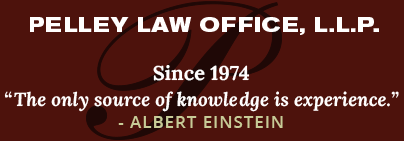The third quarter report by the Federal Reserve Bank of New York we discussed in our last blog post shows that student loan debt increased nearly 4.6 percent between quarter two and quarter three. This is a substantial amount, given that if it continues, that could mean a yearly increase of 20 percent.
Is taking out a student loan a bad idea? Of course not. Yet, many people emerge from schooling into a still-challenging job market. They find themselves unable to pay back student loans to the point that 11 percent of all student loan balances are at least 90 days delinquent. And to make matters worse, when the debt gets to be too much, there is little that borrowers can do to get rid of it.
For many, however, things are not as bleak as they seem. It is true that it is very difficult to discharge student loan debt in bankruptcy — unless you can show undue hardship (meaning extreme hardship), you are out of luck. You can, however, discharge other debts through bankruptcy, making those student loans more manageable.
It is a simple fact that most people who cannot pay back their student loan debt have other debt, such as credit card debt, which is often a result of the job market. Credit card debt, medical debt, lease debt, personal loans, car accident judgments and business debt are just a few of the types of debt you can discharge in a Chapter 7 bankruptcy. Furthermore, you will likely be able to keep your house, your car and other personal possessions.
Bankruptcy is an option, even for people facing significant student loan debt. To learn more, please visit our page on Chapter 7 bankruptcy.
Source: CBS Money Watch, “Student loan debt nears $1 trillion: Is it the new subprime?” Jill Schlesinger, Nov. 28, 2012



